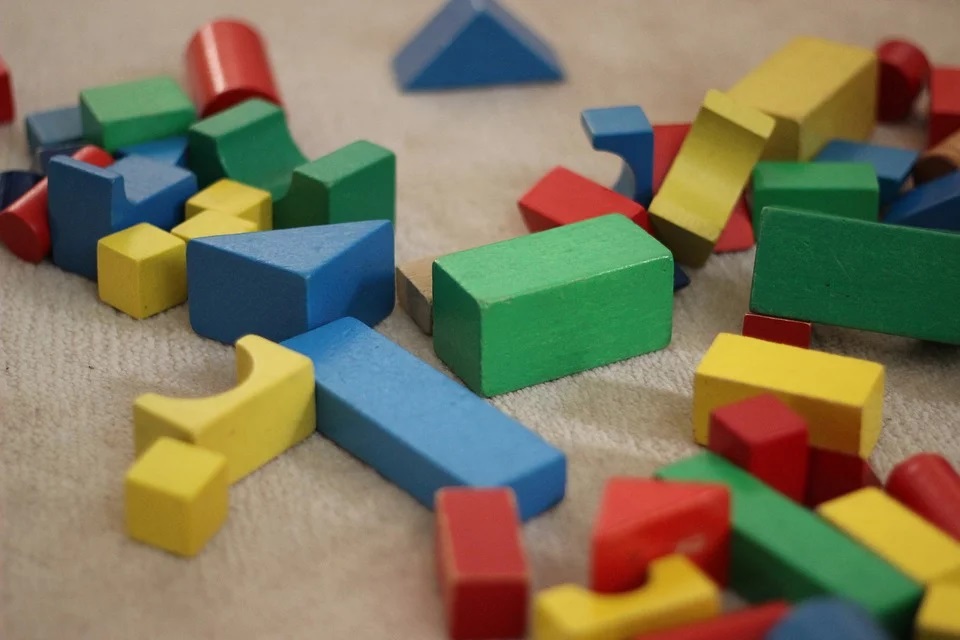
Life with kids is unpredictable. And, because there’s a great need for flexibility, many people choose the freedom that comes with renting instead of traditional homeownership. Although renting an apartment may mean you’ll need to make several adjustments that require a landlord’s approval, there are also smart ways to make the most of your living situation.
Even if you’re renting in Washington, D.C., New York City, or Seattle—cities that are notorious for small apartments—there are a variety of tricks you can use to design the perfect spots for your kids, including a beautiful, creative playroom. Here are a few to consider.
Outline
The location you choose for the playroom can make all the difference. If possible, choose a corner of a room next to a window. This will maximize the space that can be used. Plus, natural light is extremely important, so try to pick a spot with a large window. Next, divide the corner into two worktops—which can also double as storage space—along each wall; these will serve as places where you and your kids can read, doodle, color, or play whenever a flat surface is required.
The center of the space will then be available for activities such as playing with toys, dancing, reading, pretend play, and more. This will simply be a space marked by a nice, comfy carpet. If you’d like, you can even add some comfortable chairs or bean bags, just nothing that will block the way.
Furniture
The items you choose for the playroom need to be as efficient as possible to save room. For example, for the worktops, consider using storage cubes and instead of stacking them on top of each other, line them up against the wall to keep the top at a low level so your kids can reach it. Just make sure to anchor heavier pieces of furniture to avoid any risk of injury.
You can also add foldable, fabric cubes to hide away toys and other objects. Display some books and a number of toys or puzzles so the kids can make their own choices from a limited selection without becoming overwhelmed. You can also use one of the cubes as a tiny desk; just add a small chair and a lamp. You can keep crayons and pencils there, as well.
For the middle of the action, invest in a high-quality carpet. You and your kids will be there quite often, so it’s essential that the carpet is easy to clean, safe, and comfortable. Also, don’t overdo it on colors for this area as that can become tiring. Instead, go for a neutral-colored rug.
It’s also a good idea to include some items for when your kids are tired; think about bean bags or comfortable armchairs, which can double as resting spots. Also, keep some throw pillows and blankets nearby to cozy up the space in no time.
Décor
As mentioned above, too many bright colors can be overstimulating. The playroom should be a soothing place, so select more balanced color combinations. Don’t be afraid to use darker colors, as well; in fact, you can actually paint part of a wall with charcoal paint to give your kids a designated area for wall doodling.
As for the décor itself, invest in a high-quality lighting system to provide natural-like light on cloudy days. Hang some artworks on the walls—such as your kids’ own drawings and doodles. You can also have a small sound system to play some relaxing music every now and then. Whatever you think might stimulate the kids’ imagination and foster their creativity is good; just don’t overdo it.
One extra tip is not to cover the window entirely. If there’s rain outside, let the kids see and hear the drops; it will make the space all the more tranquil. Conversely, if there’s sunshine, allow it to diffuse into the room and fill it with warm light.
In the end, the most important thing is how you feel when you spend time together in the playroom. The environment influences these feelings, so make sure to think about the design and fit it to your specific needs.
About the author: Mihaela Buzec is a passionate reader and writer with an affinity for language and linguistics, as well as the latest technological developments. She discovered her passion for real estate at RENTCafé, and you can read more of her articles on their blog.
